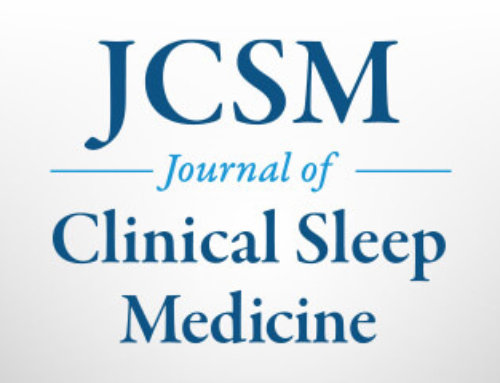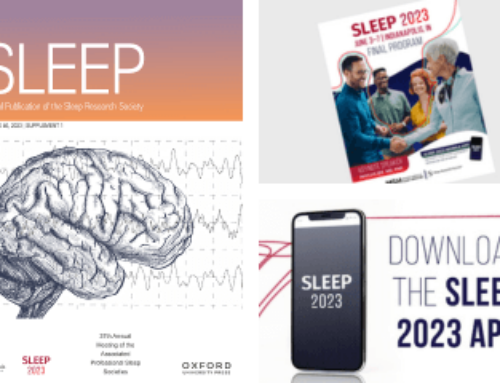WESTCHESTER, Ill. – Moderate to severe obstructive sleep apnea (OSA) is an independent risk factor for all-cause mortality, according to a study in the August 1 issue of the journal Sleep.
Fourteen years after initial data were collected, about 33 percent of participants with moderate to severe sleep apnea had died (six of 18 individuals), compared with 6.5 percent of people with mild OSA (five of 77) and 7.7 percent of people with no OSA (22 of 285). The association between moderate to severe OSA and mortality remained significant after statistical adjustment for other risk factors, producing a fully adjusted hazard ratio of 6.24 for all-cause mortality; mild OSA was not a risk factor for mortality.
“This is the first study to demonstrate an independent association between all-cause mortality and sleep apnea in a community-based study,” said lead author Nathaniel Marshall, PhD, a postdoctoral fellow at the Woolcock Institute of Medical Research in Sydney, Australia. “The size of the increased mortality risk was surprisingly large. In our particular study a six-fnew increase means that having significant sleep apnea at age 40 gives you about the same mortality risk as somebody aged 57 who doesn’t have sleep apnea.”
According to Marshall, previous studies that have linked OSA to mortality as an independent risk factor have involved patients referred to sleep clinics rather than community-based samples; the association between OSA and mortality in the community was unknown.
The study involved 380 men and women between the ages of 40 and 65 who were already involved in the Busselton Health Study, an ongoing survey of residents in the rural town of Busselton in the state of Western Australia. From November to December 1990, each participant used a portable home-monitoring device for one night to assess his or her level of sleep-disordered breathing.
Individuals were categorized according to the frequency of recorded respiratory disturbance. Only three participants had severe OSA with an average of 30 or more respiratory disturbances per estimated hour of sleep, while 18 individuals (about 4.7 percent) had moderate to severe OSA with 15 or more respiratory disturbances per hour. Seventy-seven participants (about 20.3 percent) had mild OSA with five to 14 respiratory disturbances per hour, and 285 people (75 percent) had no OSA.
State and national death records were reviewed through 2004 to identify participants who had died and to note the cause of death listed on the death certificates. From the records of the 33 study participants who died, no predominant cause of death could be linked to OSA.
Initial results were adjusted for other mortality risk factors such as age, sex, body mass index, smoking status, blood pressure, cholesterol and diabetes. All statistical models produced a significant relationship between sleep apnea and mortality. No information was gathered about participants’ use of any sleep apnea treatment.
According to Marshall, the results of this study indicate that OSA is a potentially life-threatening condition that demands increased medical attention.
“Our findings, along with those from the Wisconsin Cohort, remove any reasonable doubt that sleep apnea is a fatal disease,” he said. “People who have, or suspect that they have, sleep apnea should consult their physicians about diagnosis and treatment options.”
The study was supported by grants from the Australian National Health and Medical Research Council.
According to the American Academy of Sleep Medicine, most people with OSA snore loudly and frequently, with periods of silence when airflow is reduced or blocked. They then make choking, snorting or gasping sounds when their airway reopens. About 80 percent to 90 percent of adults with OSA remain undiagnosed.
The most common treatment for OSA is continuous positive airway pressure (CPAP) therapy, which provides a steady stream of air through a mask that is worn during sleep. This airflow keeps the airway open to prevent pauses in breathing and restore normal oxygen levels.
Sleep is the official journal of the Associated Professional Sleep Societies, LLC, a joint venture of the American Academy of Sleep Medicine and the Sleep Research Society.
For a copy of the study, “Sleep Apnea as an Independent Risk Factor for All-Cause Mortality: The Busselton Health Study,” or to arrange an interview with an AASM spokesperson, please contact Kathleen McCann, AASM director of communications, at (708) 492-0930, ext. 9316, or kmccann@aasm.org.
###




